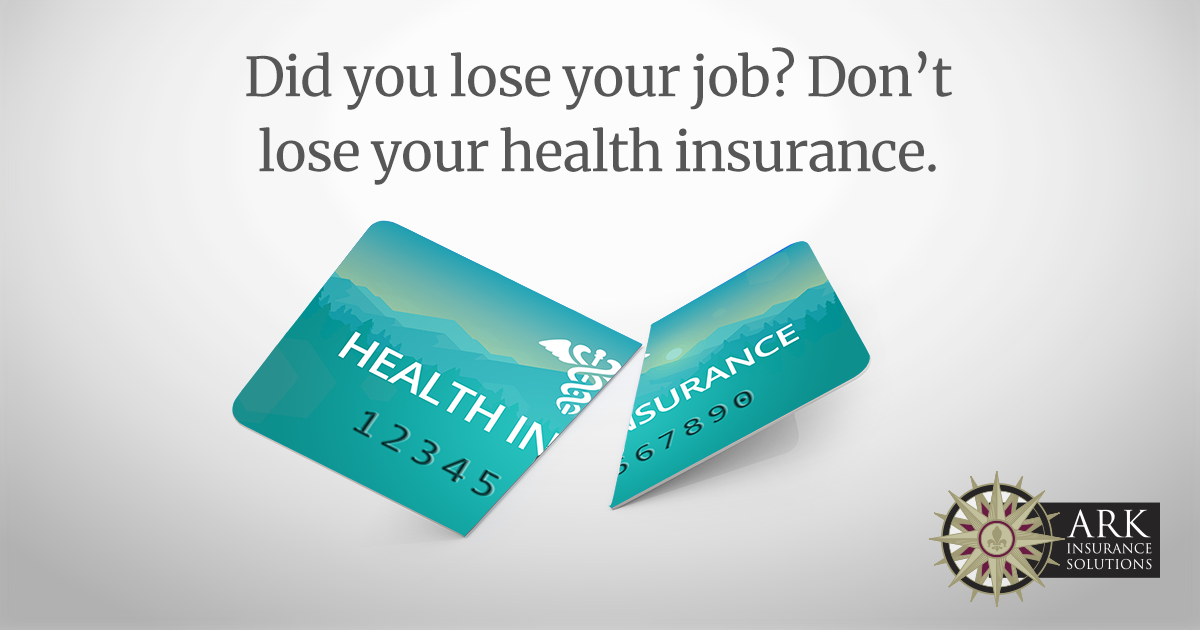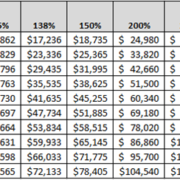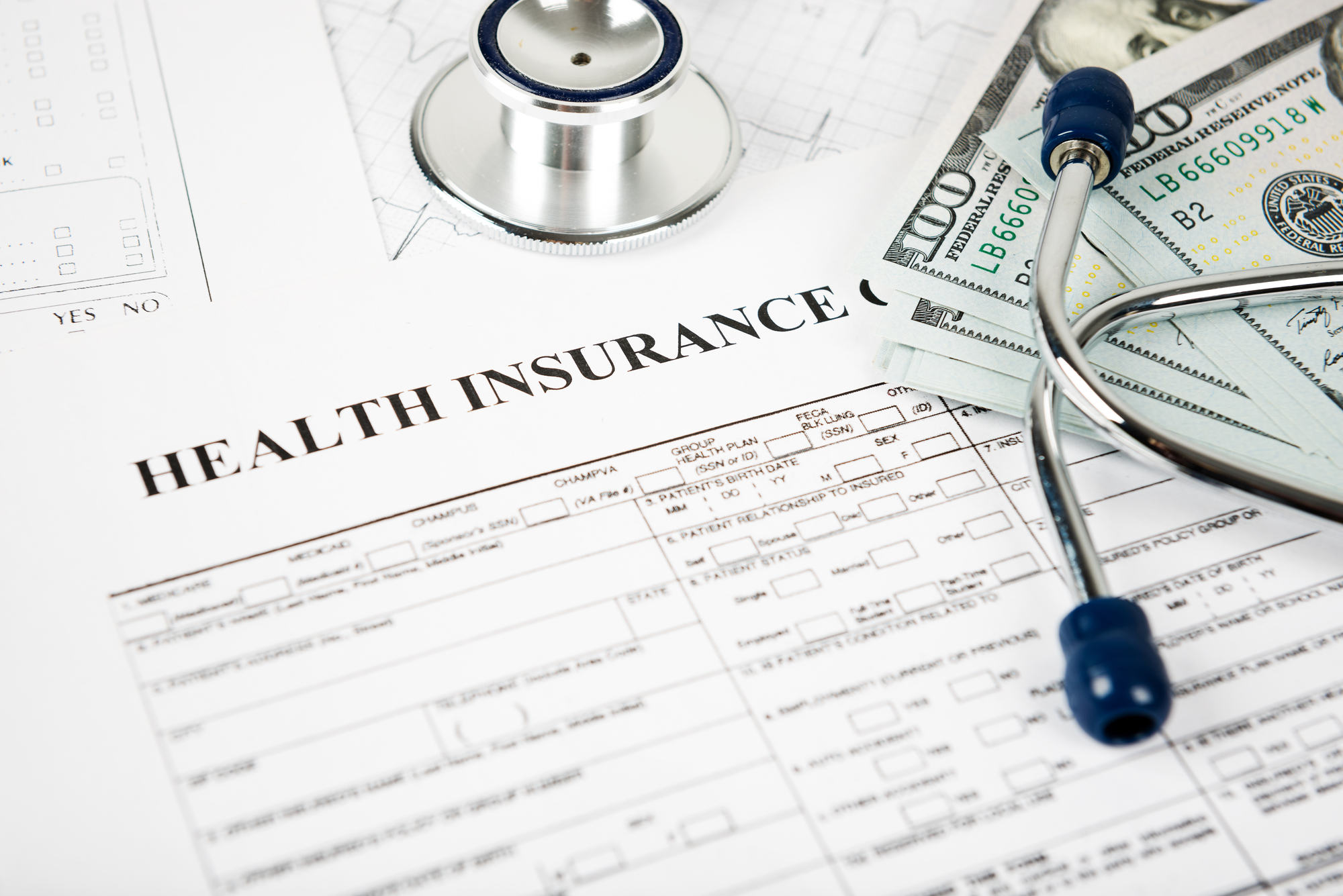Reflections on Ark Insurance 10 Year Anniversary

I quit my job in the fall of 2009. The next week my daughter and I contracted H1N1. I spent the first actual week of ‘self-employment’ (it was unemployment at that point, let’s be honest!) in quarantine for a pandemic in the middle of the worst recession our country had ever seen. Sound familiar?
I had been working for a large brokerage firm. The company that had pulled me into the insurance industry had sold and lost much of its heart in the transaction. Suddenly I was being told only to help clients that could justify the cost. I knew that if I was going to stay in this industry, an industry that I had grown to love (and be pretty nerdy about), I had to leave. For me, it was never about the dollars, it was always about taking care of my people. As a single parent, the idea of leaving a stable job with a steady paycheck was terrifying, but I had become miserable in the year that the new company had taken over and had to go.
Then the most amazing thing happened. My clients, in a show of loyalty that still brings me to tears, stuck with me. They encouraged me. They fought with me and listened to me cry. They pushed me to make sure I read and understood all the new laws going into place at the time (Obamacare or Affordable Care Act). They helped me stand strong and grow. By the time I was ready to file my corporate documents on April 10, 2010, I had enough revenue to sustain myself and my daughter, and even more, amazing, Ark was already growing.
Soon I realized that I couldn’t do this alone, and in one of the scarier steps in my life, I decided to make my first hire. In February 2011, I posted on Facebook that I needed some help. I believe he posts included something to the effect of I need an intern. Or a college kid who is willing to work on the cheap. Even if it’s only a few hours a week! I’m in desperate need but can’t pay much.Enter one of my former clients. She messaged me and asked why I hadn’t reached out to her. My honest answer was, “I know how much you make, and I can’t afford you.” We still laugh about this. She let me know that the ability to work from home was more important to her than the money and agreed to work with me until we found a budget that fit for us both.
I knew I had gotten lucky but had NO idea HOW lucky I had gotten in that hire. When we lost our biggest client due to an acquisition, BOTH of us cut our pay to make it through. She was unafraid to tell me the truth, willing to suffer with me, and give all she had to make sure our clients, and I, were supported. I can honestly say this company would never have survived if MaryAnn hadn’t joined it when she did. Fast forward after a few expensive learning moments, times when the cash got so tight I was surfing for change in the couch to make payroll, and growing our team to 10+ folks and here we are today. We have won international awards, been given genuinely amazing opportunities to participate in conversations at a federal level that deeply impacted the lives of Americans, and have done it all growing closer as a work family.
We have a team of amazing humans. Our entire company culture has been built on the same principles that brought MaryAnn into the fold: Always do what’s right for the client first, and be supportive and flexible with our team. All of us work different hours and in different locations according to what we need in our lives. Because in the end, our business is here to support and make lives better, both ours and those of our clients.
We’ve built lasting relationships with our clients, and they have given us the most amazing gifts in the form of referrals. We’ve never done extensive marketing. We’ve never had to push or buy leads. We’ve never even been in a place where we were worried about an empty pipeline. We’ve seen massive changes in our industry. We’ve had massive cuts in pay, changes in how we are regulated, shifts in every aspect of how we do business, and through it all our clients have stood by us and helped us grow. Our clients have become our friends. An extension of our work family that we care for like we would make our favorite aunt. We fight for them, cry with them, and celebrate when they have a new baby or get a new job. Serving our clients is an honor, and we are all so grateful that they allow us to be a part of their journeys.
We were supposed to be having a party for the Ark team. We were going to have lunch and then go axe throwing. With social distancing, we have had to postpone our celebration. But the opportunity look back and see where we have come since the last pandemic and economic crisis is one that shouldn’t be passed up. Things feel scary and uncertain. They did before too. What it tells me is while the moment feels bleak, the people are showing up for each other, just like they did in the recession.That even though we are all afraid, we are pushing through, and when we work together, we will come out together, better than before. I’m looking forward to seeing where the next 10 years will take us!




















